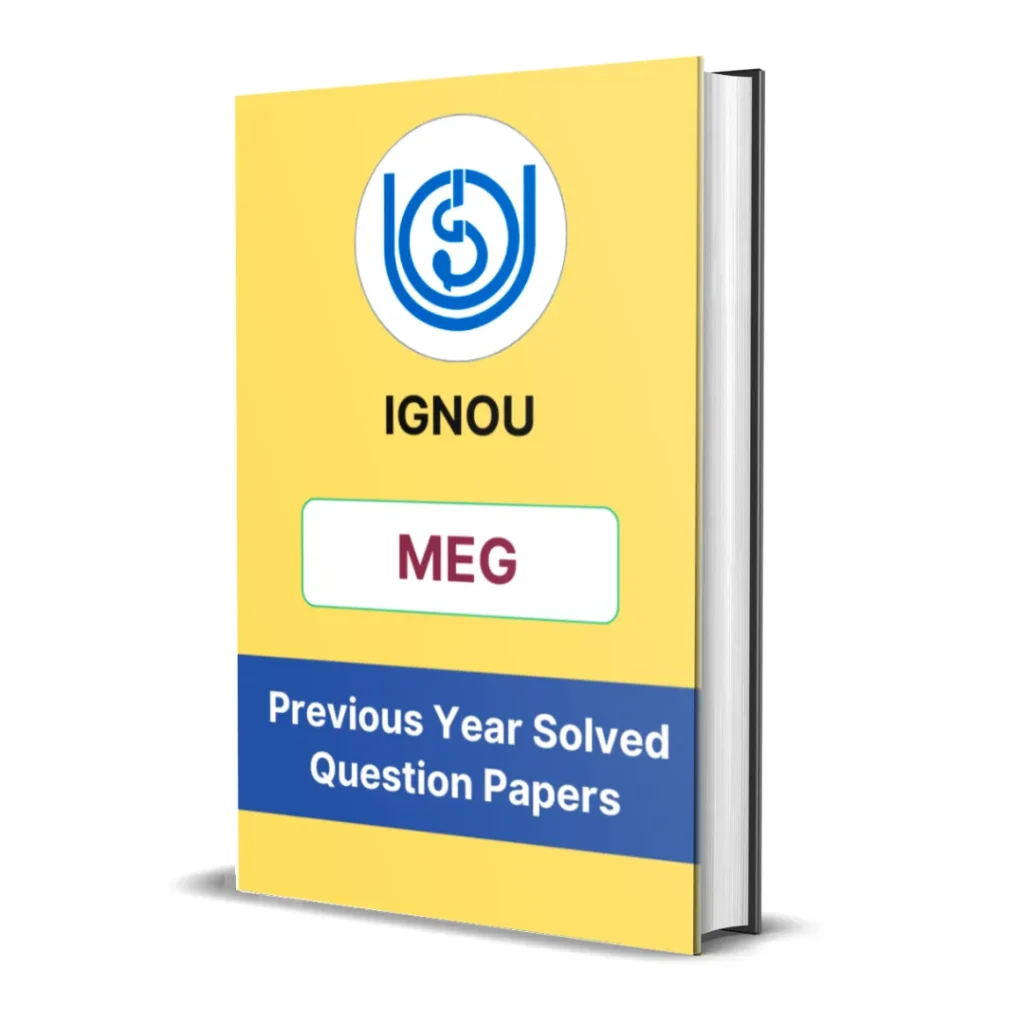MEG-01 Block 8 Summary | The Victorian Poets: Browning, D.G
- Last Updated On August 12, 2025
Table of Contents
Here you will get the detailed summary of IGNOU MEG 1 Block 8 – The Victorian Poets: Browning, D.G. and Christina Rossetti & Oscar Wilde
We have provided the summary of all units starting from unit 36 to unit 41.
Unit 36: The Victorian Age – Selected Studies
This unit provides the historical, social, and cultural context for understanding Victorian poetry. Spanning from 1837 to 1901, the Victorian Age was marked by:
-
Rapid industrialization and urbanization
-
Growth of empire and colonialism
-
A strong sense of moral responsibility and social reform
-
Simultaneous rise of religious doubt due to scientific advancements (e.g., Darwin’s Origin of Species)
-
The beginning of feminist awareness and redefinitions of gender roles
Literature during this period had to negotiate between Romantic idealism and modern realism. Victorian poets were no longer isolated visionaries but public figures engaging with the concerns of their time. This unit introduces the central idea that Victorian poetry is transitional—deeply reflective, often dramatic, and richly engaged with psychological, social, and metaphysical issues.

Unit 37: Robert Browning – Life and Aspirations
This unit presents a biographical and critical introduction to Robert Browning (1812–1889), one of the leading voices in Victorian poetry. Browning was known for his intellectual depth, psychological insight, and mastery of the dramatic monologue. His marriage to Elizabeth Barrett Browning, his voluntary exile in Italy, and his spiritual independence all shaped his poetic voice.
Browning’s poetry is marked by:
-
Exploration of the human mind and moral complexity
-
Use of rhetorical energy, irony, and conversational tone
-
Interest in spiritual growth and artistic struggle
-
Obsession with failure, imperfection, and aspiration
The unit emphasizes that Browning’s goal was not to offer moral lessons but to explore how people think, justify, and contradict themselves. His speakers are often flawed but fascinating, offering rich psychological portraits that reflect the dilemmas of Victorian modernity.

Unit 38: Robert Browning – Two Early Poems
This unit provides close readings of two early poems that showcase Browning’s developing style and thematic concerns:
-
“Porphyria’s Lover” – a dramatic monologue in which a man strangles his lover in a moment of twisted devotion, preserving her “perfect” love. The poem is both shocking and subtle, offering insights into obsessive love, madness, and the desire to control beauty.
-
“My Last Duchess” – another dramatic monologue in which a Duke coldly describes the murder of his former wife. The speaker’s casual tone and aristocratic pride contrast with the horror of his actions, revealing power, jealousy, and patriarchy.
Both poems are representative of Browning’s early fascination with dark psychology, unreliable narrators, and moral ambiguity. The unit highlights Browning’s use of enjambment, colloquial diction, and understatement to create complex, disturbing characters.
Unit 39: Two Poems from Men and Women (1855)
This unit studies two mature poems from Browning’s landmark collection Men and Women, which is considered a major achievement in psychological and philosophical poetry. The poems selected are:
-
“Andrea del Sarto” – a monologue by a Renaissance painter who reflects on his technical skill but spiritual failure. It captures Browning’s theme of the tragic gap between potential and achievement, between art and passion.
-
“Fra Lippo Lippi” – a humorous yet serious poem where a monk-artist defends his realistic art against the Church’s expectations. It explores the tension between body and soul, sacred and secular art, and celebrates vitality over repression.
These poems illustrate Browning’s mature technique—his use of historical settings, stream-of-consciousness, and moral introspection—as tools for exploring human experience. They reflect not just the lives of their speakers but larger Victorian questions about art, religion, desire, and truth.

Unit 40: The Pre-Raphaelite Brotherhood – Dante Gabriel Rossetti
This unit introduces the Pre-Raphaelite Brotherhood (PRB)—a group of mid-19th century artists and poets who sought to return to the detailed realism and symbolic richness of early Renaissance (pre-Raphaelite) art. Dante Gabriel Rossetti (1828–1882), both painter and poet, was one of its founding members. The unit explores how Rossetti’s work blends visual beauty with emotional intensity, often focusing on themes of love, death, memory, and the idealized woman.
Rossetti’s poetry, such as “The Blessed Damozel” and “The House of Life” sonnet sequence, reveals a preoccupation with dream-like romanticism, aesthetic sensuality, and spiritual longing. His work is richly textured, visually evocative, and filled with symbolic imagery—roses, mirrors, twilight—that blur the lines between life and art.
The unit also discusses Christina Rossetti, Dante Gabriel’s sister, whose devotional and lyrical poetry complements his in tone and focus, though hers often reflects deeper religious restraint and emotional control.
Unit 41: Oscar Wilde – The Ballad of Reading Gaol
This final unit of the block focuses on Oscar Wilde’s long poem The Ballad of Reading Gaol (1898), written after his imprisonment in Reading Gaol for “gross indecency.” Unlike his earlier witty and aesthetic works, this poem is somber, reflective, and politically charged, chronicling the suffering of prisoners and the execution of a fellow inmate.
The poem critiques the inhumanity of the prison system, exposing the emotional and spiritual torment of those condemned by society. Wilde turns personal pain into poetic protest, using traditional ballad form to recount deep truths about guilt, punishment, empathy, and justice.
Lines like “Each man kills the thing he loves” reflect Wilde’s tragic insight into human contradiction. The unit emphasizes Wilde’s transformation from dandy and aesthete into a martyr of conscience, and shows how this poem marks a turn toward social realism in late Victorian poetry.